General description
Gamma-aminobutyric acid receptor-associated protein (UniProt: O95166; also known as GABA(A) receptor-associated protein, MM46) is encoded by the GABARAP (also known as FLC3B, HT004) gene (Gene ID: 11337) in human. GABARAP, is a member of the highly conserved family of mammalian autophagy-related 8 protein (ATG8), is implicated in a variety of intracellular transport processes and in autophagy where it is involved in late stage autophagosome maturation. Like other ATG8s, GABARAP can also undergo lipidation by a ubiquitin-like conjugation system, which then promotes its association to autophagosomal membranes. The precursor form of human GABARAP is processed by ATG4 to expose the C-terminal glycine to generate the cytosolic form GABARAP-I, which is then activated by APG7L/ATG7, transferred to ATG3 and conjugated to phosphatidylethanolamine (PE) phospholipid to produce the membrane-bound GABARAP-II form. Under nutrient rich conditions, GABARAP is reported to accumulate in the pericentriolar material from which it can be translocated to forming autophagosomes during starvation. Its expressed is observed in heart, brain, placenta, liver, skeletal muscle, kidney, and pancreas. It is also reported to serve as a ubiquitin-like modifier that plays a role in intracellular transport of GABA(A) receptors. Clone 8H5 recognizes an epitope in the N-terminal region and exhibits high specificity for GABARAP without any cross-reactivity for GABARAPL1, -L2 or LC3. (Ref.: Simons, IM., et al. (2019). Sci. Rep. 9; 256; Kabeya, Y., et al. (2004). J. Cell Sci. 117(13); 2805-2812).
Specificity
Clone 8H5 is a rat monoclonal antibody that specifically detects GABA(A) receptor-associated protein. It targets an epitope within the N-terminal domain.
Immunogen
GST-tagged full-length human recombinant GABA(A) receptor-associated protein.
Application
Quality Control Testing
Evaluated by Immunocytochemistry in serum starved HEK293 cells treated with Bafilomycin A.
Immunocytochemistry Analysis (ICC): A 1:100 dilution of this antibody detected GABARAP in serum starved HEK293 cells treated with Bafilomycin A (100 nM, 4 h).
Tested Applications
Immunocytochemistry Analysis: A representative lot detected GABARAP in Immunocytochemistry applications (Simons, I.M., et al. (2019). Sci Rep. 9(1): 526).
Immunofluorescence Analysis: A representative lot detected GABARAP in Immunofluorescence applications (Simons, I.M., et al. (2019). Sci Rep. 9(1): 526).
ELISA Analysis: A representative lot detected GABARAP in ELISA applications (Simons, I.M., et al. (2019). Sci Rep. 9(1): 526).
Dot Blot: A representative lot detected GABARAP in Dot Blotting applications (Simons, I.M., et al. (2019). Sci Rep. 9(1): 526).
Western Blotting Analysis: A representative lot detected GABARAP in Western Blotting applications (Simons, I.M., et al. (2019). Sci Rep. 9(1): 526).
Note: Actual optimal working dilutions must be determined by end user as specimens, and experimental conditions may vary with the end user
Anti-GABARAP, clone 8H5, Cat. No. MABN2303, is a rat monoclonal antibody that detects GABARAP and is tested for use in DOT Blot, ELISA, Immunocytochemistry, Immunofluorescence, and Western Blotting.
Physical form
Purified rat monoclonal antibody IgG2a in buffer containing 0.1 M Tris-Glycine (pH 7.4), 150 mM NaCl with 0.05% sodium azide.
Storage and Stability
Recommended storage: +2°C to +8°C.
Other Notes
Concentration: Please refer to the Certificate of Analysis for the lot-specific concentration.
Disclaimer
Unless otherwise stated in our catalog or other company documentation accompanying the product(s), our products are intended for research use only and are not to be used for any other purpose, which includes but is not limited to, unauthorized commercial uses, in vitro diagnostic uses, ex vivo or in vivo therapeutic uses or any type of consumption or application to humans or animals.
- UPC:
- 41116111
- Condition:
- New
- Availability:
- 3-5 Days
- Weight:
- 1.00 Ounces
- HazmatClass:
- No
- WeightUOM:
- LB
- MPN:
- MABN2303-100UG
- Product Size:
- 100/µG












